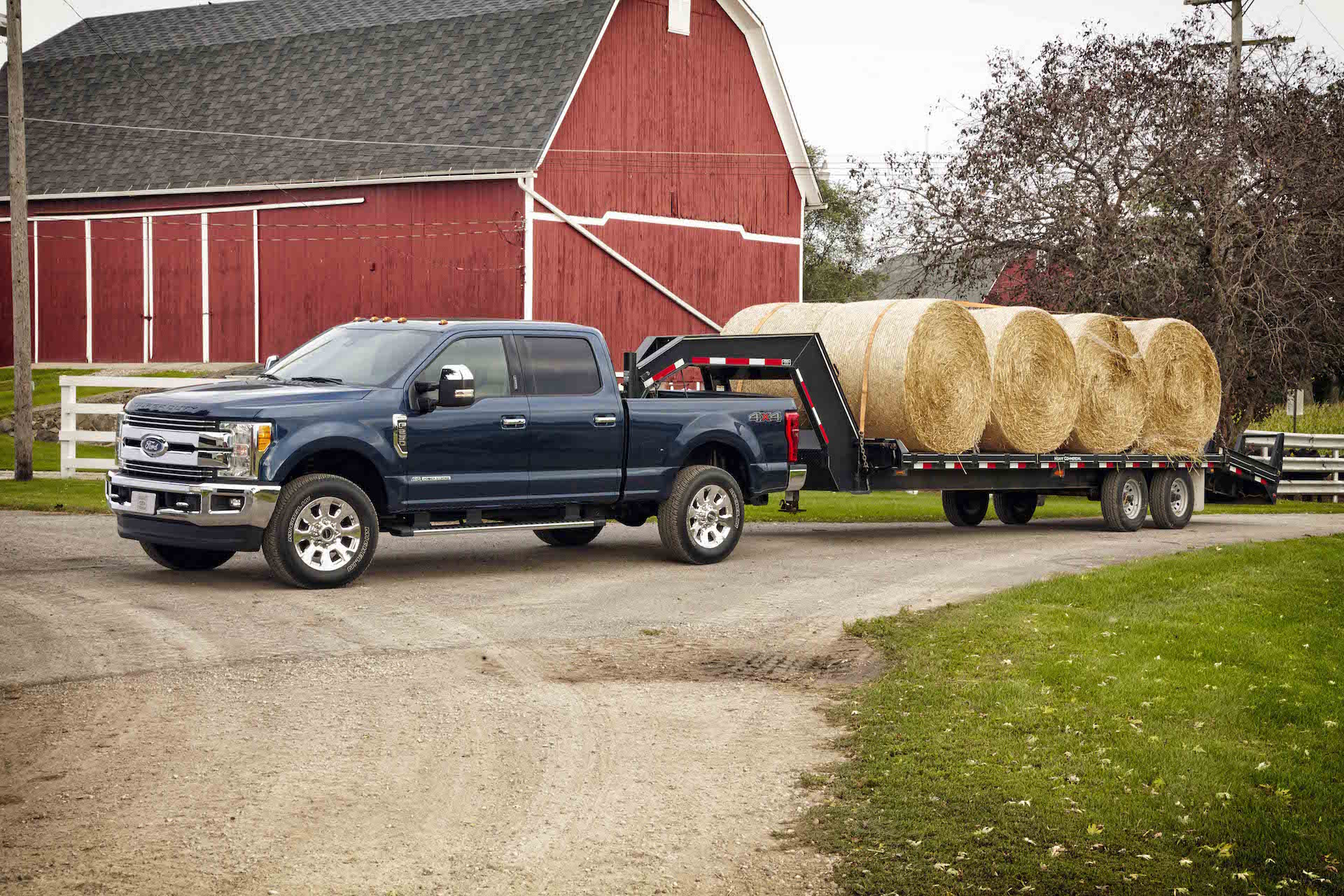Many farmers spend their lifetime trying to build wealth so that someday they can enjoy retirement. But, when retirement finally comes, the years they spent deferring and minimizing taxes along the way by maxing out depreciation, prepaying inputs, and deferring grain and livestock sales year after year, has snowballed into a large and looming tax liability.

What is a CRAT?
For those that may be in this situation at retirement, are you familiar with Charitable Remainder Annuity Trusts (CRAT)? A CRAT is a tool that effectively spreads out deferred tax liability over multiple years, rather than all at once; helping farmers retire without having to face a huge tax liability.
Benefits of a Charitable Remainder Annuity Trust (CRAT)
- Helps to avoid depreciation recapture on machinery.
- Helps to avoid self-employment tax on grain and livestock sales.
- Prevents a spike in your income that places you in a higher tax bracket for the year.
- Spreads out income over the number of years or lifetime specified in the CRAT, thus allowing you to pay less income tax overall.
- Because income is spread out over several years, you are likely to receive the income in lower income tax brackets.
- Allows you to sell the grain inside the CRAT all at once so you don’t miss out on higher grain prices.
- Allows you to sell the machinery inside the CRAT all at once so it doesn’t decrease in value by holding on to it for years.
- “Charity for the uncharitable”
-
- If you are concerned about income taxes as you end your farming career, CRAT is a tool that can help manage your income tax consequences, even if you otherwise would not have given to charities.
- If you are charitably inclined, CRATs are an extremely tax efficient and tax advantaged way to give to charity, all while retaining an income stream from the equity you have accumulated in the contributed assets.
- It’s not about charitable giving – it’s about the income tax savings.
- Most CRAT illustrations will show you get back more over the life of the CRAT than you originally contributed. The longer the CRAT period, the more likely this is to be true, but it can also work with only a five-year period (depending on stock market performance).
- Any income inside the CRAT that is not paid out is not taxed at the high trust rates. It is merely held over to make payments in future years or to be paid to the charitable remainder beneficiaries.
AgQuest is Committed to Our Customers
When it comes to the success of your farming operation, AgQuest is committed to ensuring our customers are well informed and up to date on opportunities that could benefit you financially. If feel you could benefit from a Charitable Remainder Annuity Trust, we encourage you to visit with your financial planner, or a legal or tax professional for more information.
